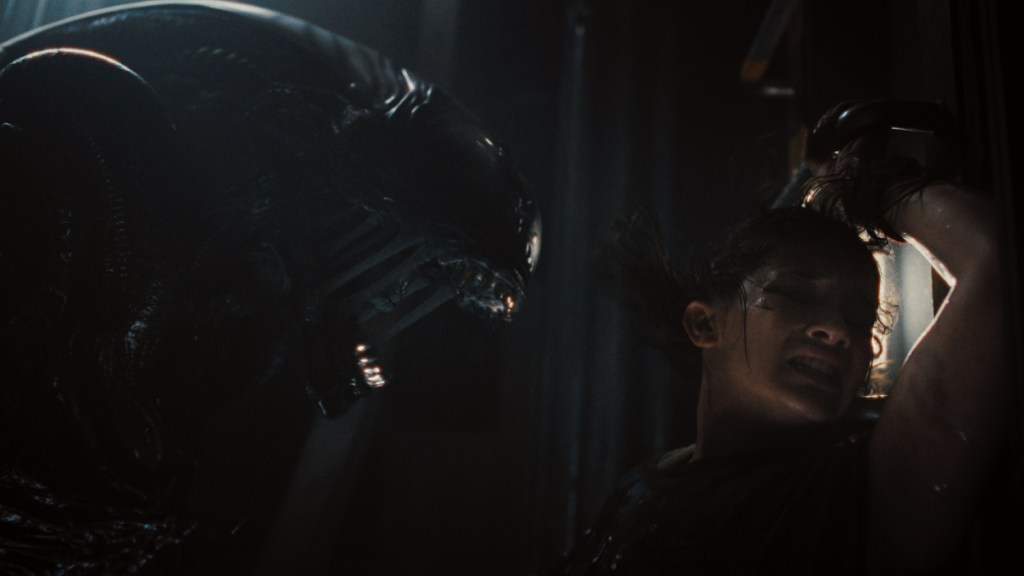It takes a good forty minutes of Alien: Romulus before any (living) aliens actually show up, and ironically, that stretch may be the best part of the movie. It certainly adds more to the general mythology than most, giving us a look at the life of a factory worker on an outpost planet run by Weyland-Yutani, the evil monopoly corporation that’s mostly…

In the 2009 original, Worthington’s Jake Sully was a wounded former Marine confined to a wheelchair. His…





